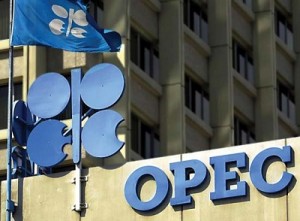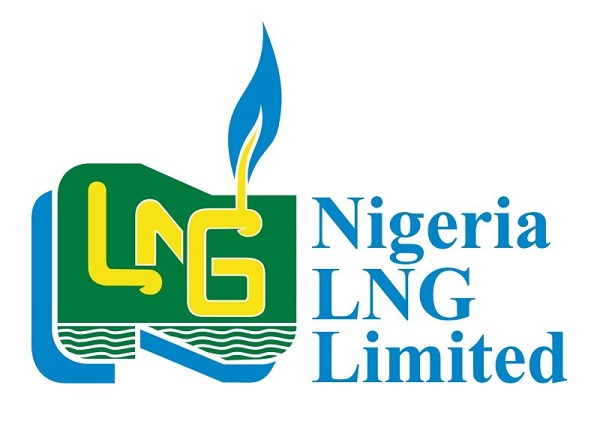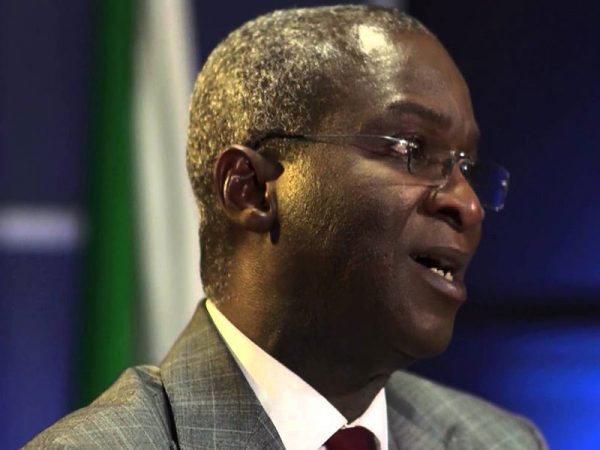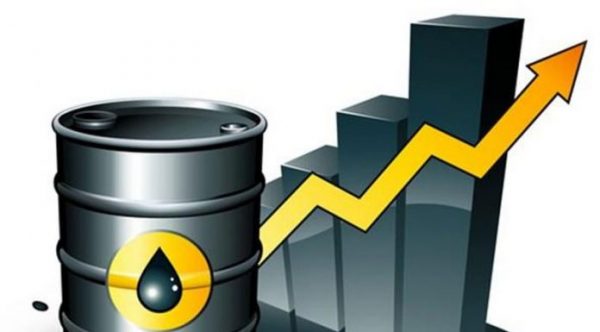Too late for asking Iran to join oil freeze
 While OPEC members, with some major oil producers like Russia, are preparing to hold a meeting on “common actions” for supporting market prices in Algeria in late September, the cartel’s Secretary-General Mohammed Barkindo is going to visit Iran the next week to encourage the country to help balance the global oil market.
While OPEC members, with some major oil producers like Russia, are preparing to hold a meeting on “common actions” for supporting market prices in Algeria in late September, the cartel’s Secretary-General Mohammed Barkindo is going to visit Iran the next week to encourage the country to help balance the global oil market.
Barkindo is scheduled to visit Tehran Sept. 5 to meet with Iran’s Oil Minister Bijan Namdar Zanganeh to talk the oil freeze plan, an oil ministry official said on condition of anonymity, Mehr news agency reported.
Iran’s oil output decreased from around 3.9 million barrels per day (mb/d) in 2008 to about 2.8 mb/d in 2015 due to the tightened Western sanctions on Iran.
Under the sanctions, international companies left the country and none of them has returned as of now, even after elimination of the sanctions in mid-January 2016.
Iran has resumed the oil production to about 3.7 mb/d, but the country has five joint fields with Iraq and has already developed some of them in order to add 90,000 b/d to its production by March 21, 2017.
Iran has announced repeatedly that it wouldn’t join the oil freeze until it brings the output to the pre-sanctions level.
Iranian Deputy Oil Minister Amir Hossein Zamaninia told Trend Aug 9 that the country would reach that level in six month. Zamaninia did not reveal any numbers, but said Iran has a specific share in OPEC and will produce at that amount.
Based on Zamaninia’s comments and the current OPEC daily production of 33.4 mb/d, Iran will probably be ready to produce 4 mb/d of oil.
On the other hand, the global extra oil production has been continuing since 2014 and the glut wouldn’t be cleared by late 2017, even if demand-supply balance in markets starts today.
The US Energy Information Administration estimates that global petroleum and other liquid fuels inventory builds averaged 1.9 mb/d in 2015. The pace of inventory builds is expected to slow to an average of 0.8 mb/d in 2016. The market is expected to be relatively balanced in 2017, with inventory draws averaging almost 0.2 mb/d.
Iran plans to add 475,000 b/d of oil from the joint fields with Iraq by late 2017.
The country’s extra-light oil from South Pars will also double to above 900,000 b/d by that time, while Iran has other upstream projects under development, such as Salman, Changouleh and other fields.
As for other OPEC members, Iraq is preparing to resume 150,000 b/d of oil extraction from Kirkuk, while Nigeria has reached an agreement with rebels, which potentially allows it to resume oil output in the near future.
Nigeria’s output declined from 1.953 mb/d in 2014 to 1.508 mb/d in July due to instability in the country.
OPEC members have added about 2 mb/d to their output in total since 2014, even taking into account the decline in Libya, Nigeria and Venezuela’s production levels.
Earlier, Iran refused to join the oil freeze plan in Qatar meeting in February 2016.
About 80 percent of Iran’s crude oil comes from old fields, which are in their second half-life and are loosing 8-12 percent of their output year-to-year naturally.
Iran has no choice but to develop new fields and increase output immediately.








